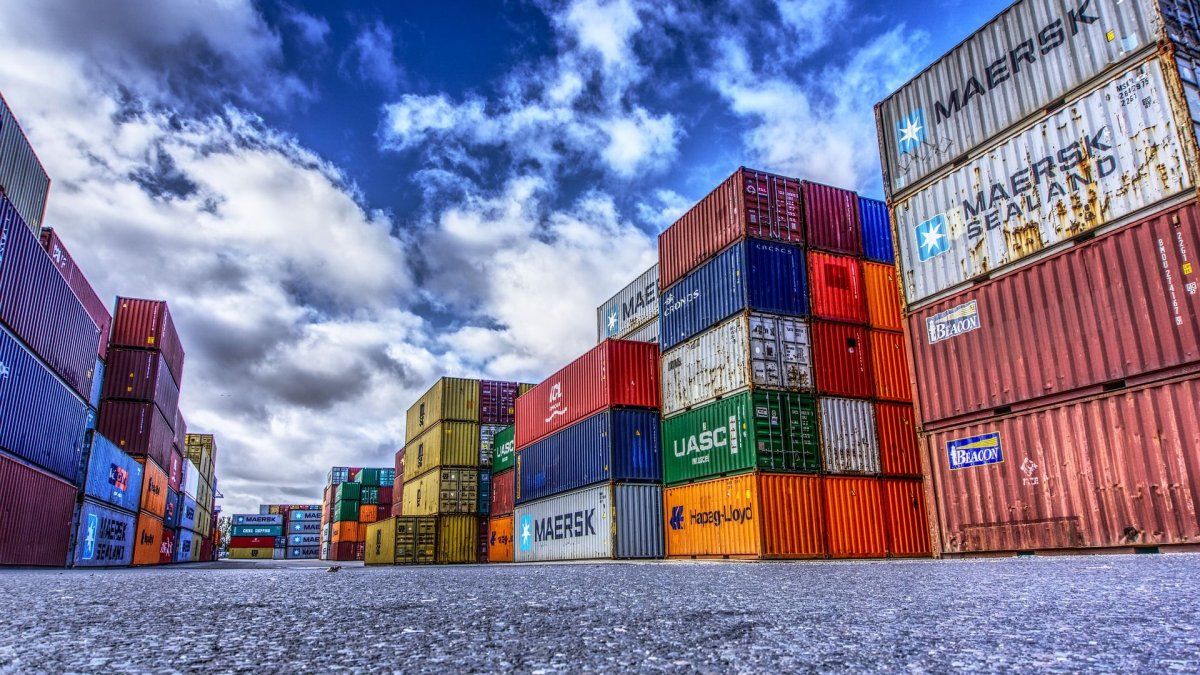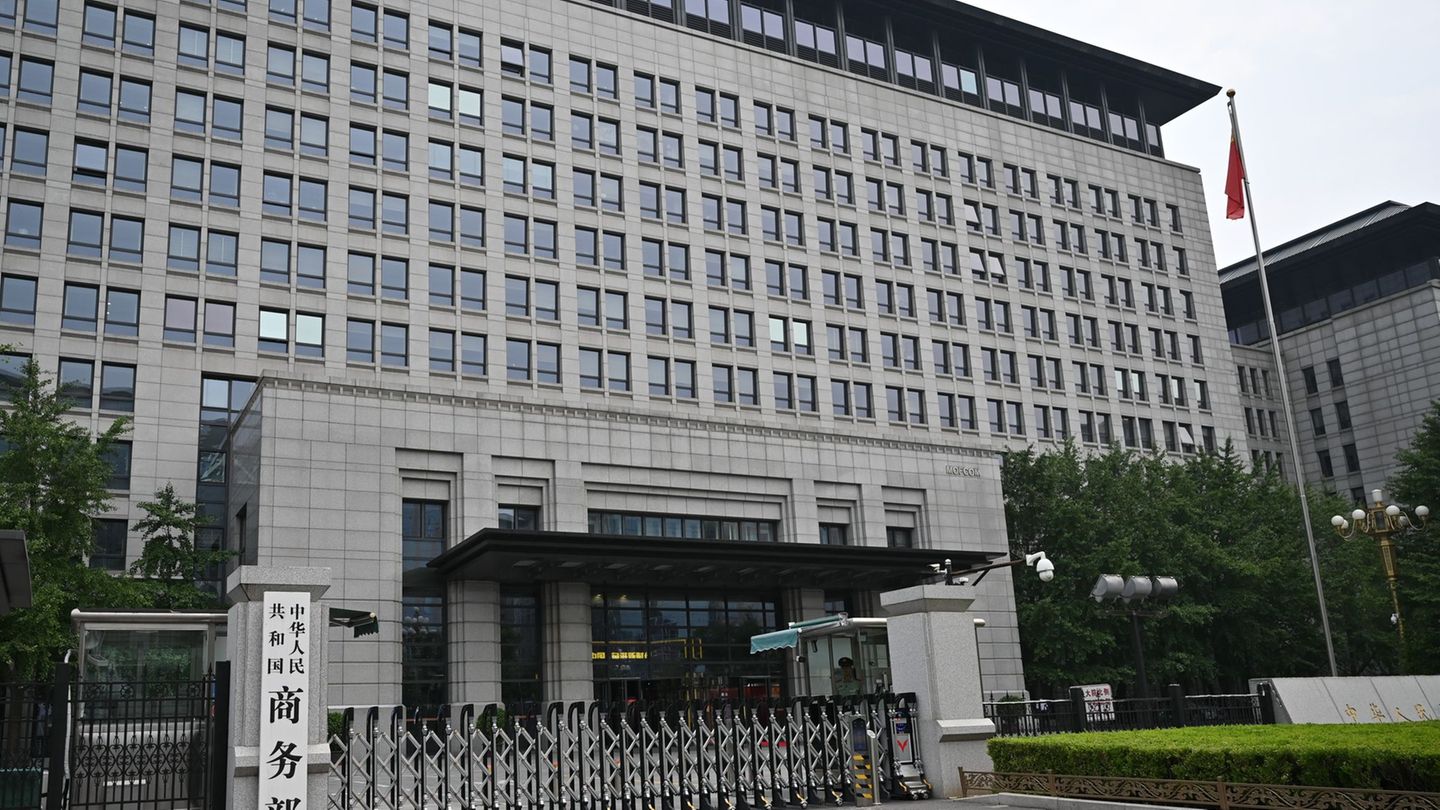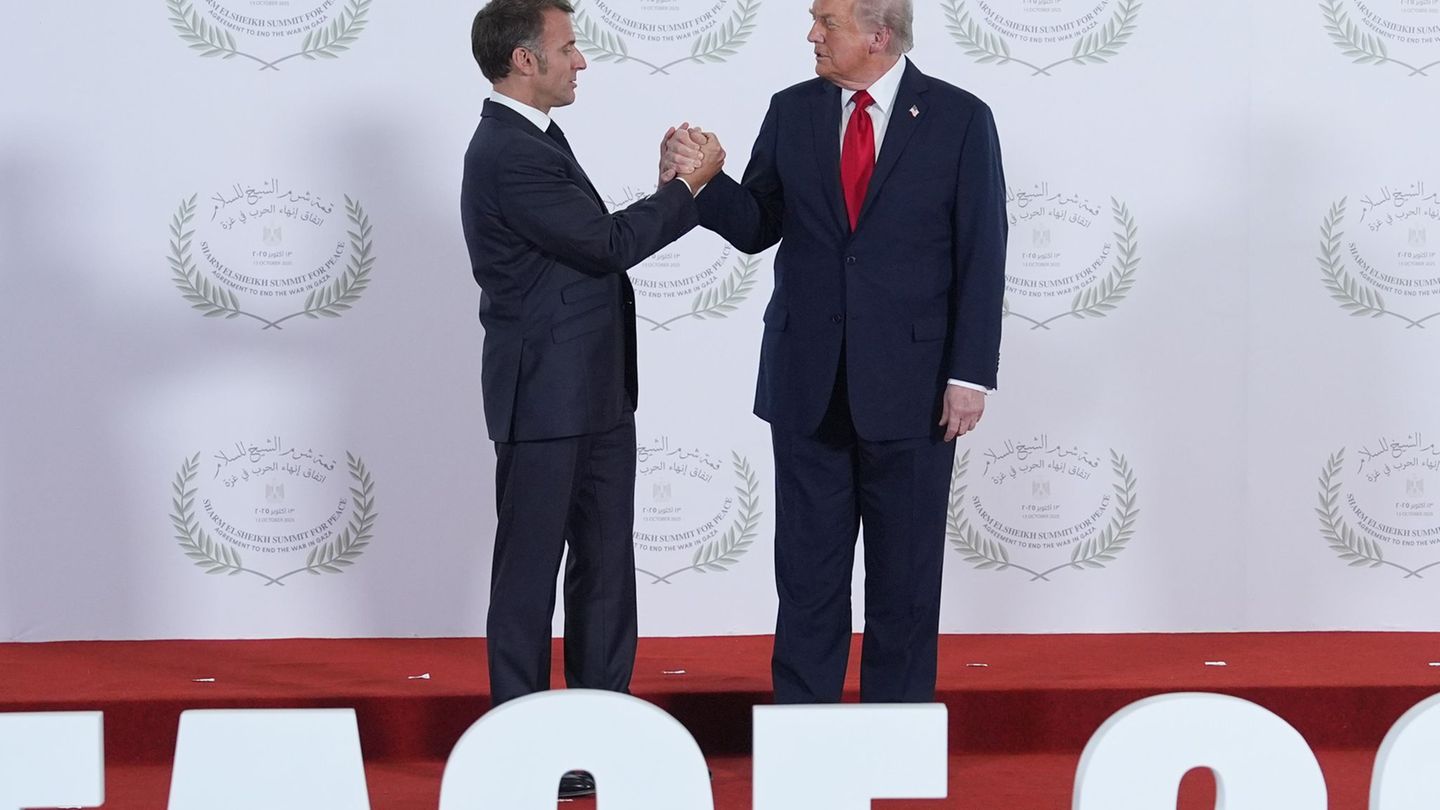Currently, the inflow of dollars from sales abroad is at record values, due to larger amounts but above all to historical international prices. But, the number of exporting companies after the pandemic it stalled at about 9500. “We need more exports, but also more SMEs exporting,” said a source from the economic team.
The Government has a strong interest in the so-called export outlet. “Without the dollars we cannot finance growth and it is impossible to reduce poverty”, assured an official source. That is why one of the points of the productive plan By 2030 it is proposed to bring exports to US$174 billion by the end of the decade.
But in addition, they look at the labor part: “Exporting companies have those high salaries that we need,” said an official source. The salary of exporting companies is 30% higher than that of the rest of the companies, according to a study carried out by the CEP XXI.
“You have to go SME by SME,” said sources from the Foreign Ministry. That is why they carry out initiatives such as the one this Tuesday at the Palacio San Martín, with Argentine and Chilean businessmen. But in addition, they aim to improve industrial exports. In 2011, manufactures of industrial origin represented 35% of sales abroad, while now they are 25% of the total.
But in addition, in the Government they analyze sectoral measures for areas with export potential: for mining, they analyze a new mechanism of export rights; while for the knowledge economy, they analyze how to avoid the lack of foreign exchange settlement services offered abroad. Although Economy, Productive Development and the Central Bank are working together, for now they cannot find solutions to what is a macroeconomic problem, and not a sectoral one, due to the exchange rate gap.
lack of financing
“It’s time to go out and look for foreign markets,” assured Ámbito Aldo Costa, from the international relations department of the chamber of metallurgical businessmen (Adimra). “In metalworking we have come from very bad years, but now we are more comfortable in the domestic market, so it is time to go out and export,” he said.
Asked about what SMEs need, he assured that export promotion programs carried out by different areas of the Government are important. However, he maintained that the main obstacle is financing: “It is not easy to export when you are an SME, and 95% of companies are. We need funding to be able to be competitive outside,” he added. “Meetings like today’s with businessmen from Chile are a spearhead to establish bilateral agendas,” he said after participating in the meeting at the Foreign Ministry.
“Financing is half what it was 10 years ago,” said Federico Vaccarezza, a master in international business relations. Bank financing reached a peak of US$10,348 million in 2017, reaching US$2,879 million in 2021, according to data analyzed by the researcher based on the BCRA. “In the same period, other countries in the region doubled financing, or strengthened refunds. Brazil, for example, has a bank that finances the productive sector at rates of 1%”, he added. In fact, Argentina had a 35% drop in the number of exporting companies in the last decade, while in the region it rose 5.2%according to Cepal.
Source: Ambito
David William is a talented author who has made a name for himself in the world of writing. He is a professional author who writes on a wide range of topics, from general interest to opinion news. David is currently working as a writer at 24 hours worlds where he brings his unique perspective and in-depth research to his articles, making them both informative and engaging.




